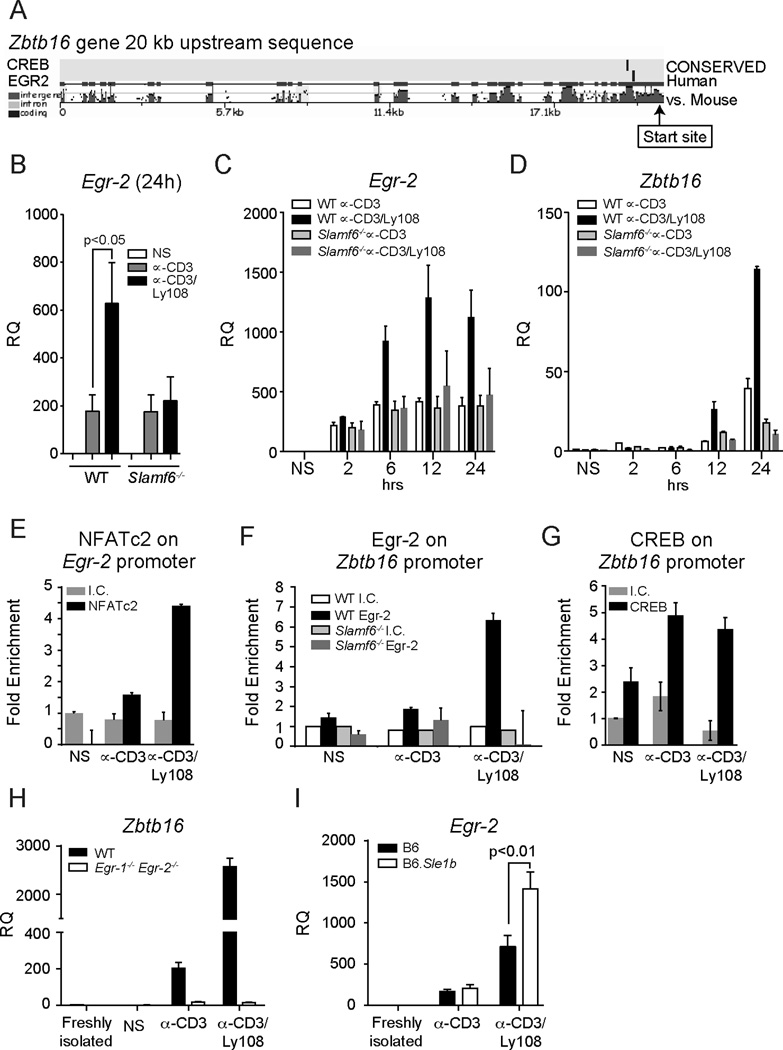Figure 6. Ly108 induces Egr-2 expression and binding to the Zbtb16 promoter.
(A) Mouse and human Zbtb16 sequences, 20 kb upstream of first exon, were aligned and analyzed for conserved binding sites for Egr-2 and CREB. (B) Egr-2 expression in WT or Slamf6−/− PS-DP thymocytes stimulated as in 1B for 24 h, normalized to NS controls. Data are the mean ± SEM from 6 independent experiments. Egr-2 (C) or Zbtb16 (D) expression by qRT-PCR from WT and Slamf6−/− PS-DP thymocytes stimulated for 2, 6, 12 or 24 h. Time courses are representative of 4 independent experiments. (E–G) Chromatin immunoprecipitations (ChIPs) from thymocytes stimulated as in 1B. (E) NFATc2 binding on the Egr-2 promoter. (F) Egr-2 binding on the Zbtb16 promoter. (G) CREB binding on the Zbtb16 promoter. ChIPs show average of 2 replicates ± SD from one of 2 or more independent experiments. (H) Zbtb16 expression in Egr-1−/−Egr-2fl/fl Lck Cre or littermate control PS-DP thymocytes stimulated as in Fig. 1B for 48 hours and normalized to NS controls. (I) Egr-2 expression in C57Bl/6J (B6) and B6.Sle1b PS-DP thymocytes stimulated with plate-bound αCD3±αLy108 for 48 hrs. Data are representative of three independent experiments.

